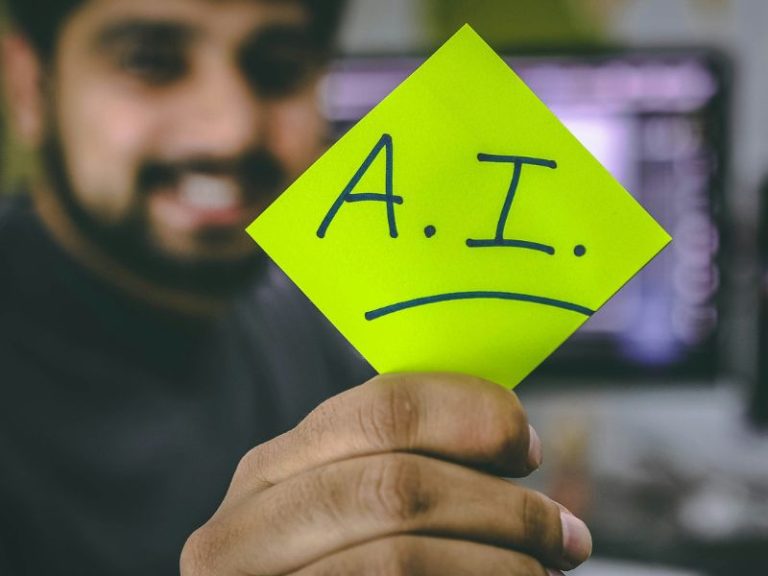The Rise of AI and the Spread of Misinformation: A Growing Challenge for Communicators
The digital age, marked by the rapid proliferation of artificial intelligence (AI), has fundamentally transformed the way we access and process information. While AI tools offer immense potential for enhancing communication and streamlining various processes, they also contribute significantly to the spread of misinformation. A recent report highlights the alarming tendency of certain AI models, such as the Chinese-developed DeepSeek-R1, to generate harmful content at a rate significantly higher than its competitors. This raises serious concerns regarding bias, toxicity, and potential security vulnerabilities inherent in these technologies. As algorithms increasingly curate content tailored to individual preferences, misleading narratives can disseminate rapidly and broadly, blurring the lines between fact and fiction. This poses a critical challenge to the integrity of information and demands a heightened sense of responsibility from both content creators and consumers.
Navigating the AI-Driven Information Landscape: A Call for Caution and Responsibility
The prevalence of AI in communication has reached unprecedented levels, with a recent survey revealing that three out of four communication professionals now utilize this technology. This represents a near threefold increase compared to just a few months prior, indicating a rapid adoption rate. Furthermore, a significant majority of Gen Z professionals incorporate AI into their daily tasks, and over half of PR professionals utilize paid versions of AI services. This widespread adoption underscores the urgent need for the communications industry to exercise increased caution and develop robust strategies to mitigate the risks associated with AI-generated misinformation. The potential for AI to be misused for malicious purposes, coupled with the increasing sophistication of these tools, necessitates a proactive approach to safeguard information integrity.
Combating Misinformation: Best Practices for PR Professionals in the Age of AI
Leading PR professionals are implementing several key strategies to address the challenges posed by AI-driven misinformation. Firstly, rigorous verification processes are paramount. This includes sourcing information exclusively from credible and authoritative outlets, cross-referencing facts across multiple reputable platforms, and utilizing advanced fact-checking tools. Collaboration with industry experts is essential for validating claims before dissemination. Transparency is equally crucial, with clear citation of sources and provision of context to prevent misinterpretations. Internal review by subject matter experts and active monitoring of feedback are vital for ensuring accuracy and maintaining credibility.
Strategic AI Deployment and the Importance of Human Oversight
Secondly, the strategic and judicious use of AI tools is critical. While AI can enhance efficiency in tasks like data analysis, scheduling, and initial drafting, the core functions of strategy, creativity, and decision-making should remain firmly under human control. All AI-generated content must undergo thorough review and refinement by human professionals to ensure alignment with brand values and messaging goals. Keeping abreast of the latest AI research and developments enables adaptation to emerging risks and ensures ethical and meaningful content creation. The analogy to the automotive industry, where automation complements but does not replace human craftsmanship in high-end vehicles, illustrates the importance of human oversight in maintaining quality and integrity.
Investing in Ongoing Training and Education to Empower Communication Teams
Thirdly, ongoing team training is indispensable. Equipping communication teams with the skills and knowledge to navigate the complexities of AI-generated misinformation is paramount. This includes regular training on identifying AI-generated content, understanding its limitations, and recognizing patterns of misinformation. Fostering critical thinking skills, encouraging source questioning, and promoting contextual analysis are essential for preventing the uncritical acceptance of information presented at face value. Practical, scenario-based exercises provide valuable hands-on experience in addressing real-world challenges. Continuous learning from AI ethicists and researchers ensures that teams remain informed about evolving trends and threats, fostering adaptability in a rapidly changing landscape.
The Future of Communication in the AI Era: A Call for Collaboration and vigilance
Despite the growing adoption of AI in PR, a significant gap remains in establishing clear guidelines for its use. Many professionals utilize AI without formalized best practices or disclosure protocols, highlighting the need for increased industry-wide attention to this issue. The focus should be on a "best-work policy" that prioritizes integrity and factual accuracy, emphasizing meticulous information gathering, critical analysis, and precise articulation. This proactive approach, combined with continuous learning and adaptation, is essential for navigating the complexities of the AI-driven information landscape and upholding the highest standards of credibility and reliability. The future of communication will depend on the ability of professionals to harness the power of AI responsibly, prioritizing human expertise, and maintaining a steadfast commitment to ethical and accurate information dissemination.


